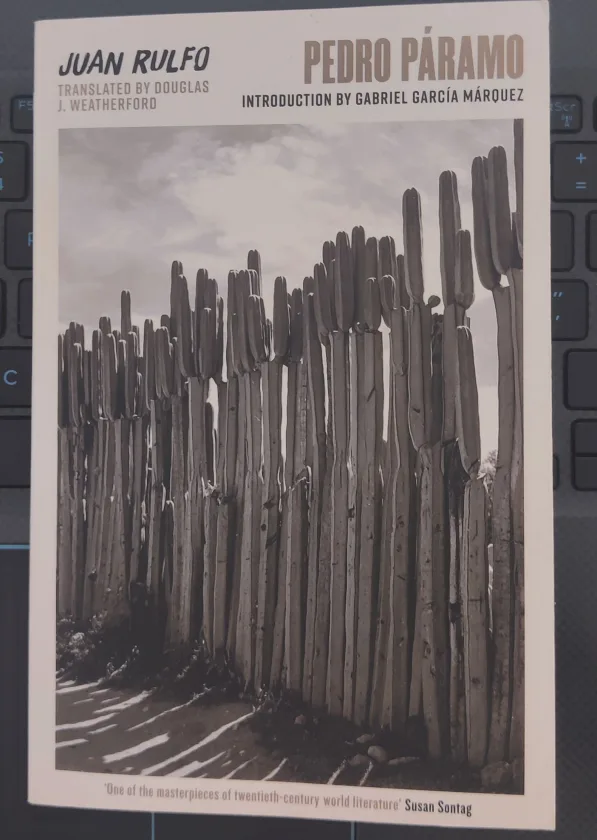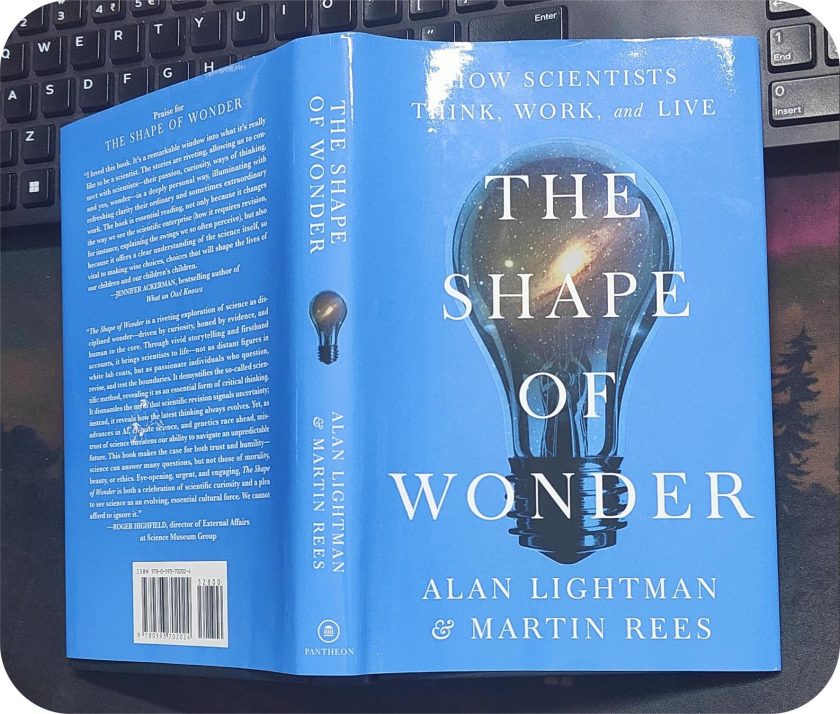
When I decided to read One Hundred Years of Solitude by the Colombian author Gabriel García Márquez, I found out that it was inspired by Juan Rulfo’s Pedro Páramo. So, I thought it would be fun to read Pedro Páramo first!
A few lines about Juan Rulfo: He was a Mexican author, known for his talents in writing and photography, gained recognition primarily for two works. One of these is “El llano en llamas” (1953), a collection of short stories. Fifteen of these stories have been translated into English and compiled in “The Burning Plain and Other Stories,” which also features his renowned tale, “Diles que no me maten!” (Tell Them Not to Kill Me!). His second notable work is the novel “Pedro Páramo” (1955), after which he did not publish another novel.
“Pedro Páramo” stands as a quintessential example of magic realism, as dreams and illusions saturate the narrative. Throughout the book, it becomes increasingly challenging to differentiate between living individuals and apparitions.
Journey to Comala
The story kicks off with our narrator, Juan Preciado, on a journey to a place called Comala. He’s on a mission to meet his father, Pedro Páramo, fulfilling his mother’s final request before she passed away. Just as he’s about to arrive, he bumps into some fellow travellers who are curious about where he’s headed. And so, they give him “weird looks”. He also encounters Abundio (burro or donkey driver) who informs him that he himself is an illegitimate son of Pedro Páramo. From this point, the story takes on a surreal and dreamy quality. The conversations blur the lines between reality, dreams, and illusions, making it hard to distinguish what is real from what is imagined.
As the story unfolds, the focus gradually shifts away from the narrator, taking us back in time and revealing more about the enigmatic Pedro Páramo. Along the way, we meet other inhabitants of Comala through various conversations, slowly piecing together the reasons behind the town’s current state.
A Surreal Encounter with Ghosts and Memories
Preciado arrives in Comala and follows Abundio’s directions to the home of Eduviges Dyada, the first person he encounters on his journey. During the night, he’s startled awake by screams. Another character arrives on the scene, Damiana Cisneros, and she then offers to escort him to her house, only to vanish en route.
Somehow, Preciado then finds himself in a dilapidated shack, dwelling with a peculiar couple who are both siblings and spouses. Eventually, he meets his demise and is laid to rest in a coffin beside a woman named Dorotea. From then on, he simply listens to the tales of the departed. After all, there is very thin line between the living and the dead.
As the narration swings back to the past, the storyline becomes fragmented. It seems as if there are many stories trying to surface. Yet, despite these fragments, the same surreal, dreamy, and mysterious elements persist throughout.
Rulfo, for instance, subtly hints that many of the people Preciado encounters are actually ghosts, though he doesn’t make this immediately clear to the reader. Lines like these can be easily overlooked,
“I saw a woman wrapped in her rebozo; she disappeared as if she had never existed.”
Additionally, Eduviges Dyada (the first old lady who meets Juan Preciado) seems to have received word from his deceased mother that he is coming, suggesting she might have a connection to the spirit world. Later on, she reveals to him that Abundio, who traveled with him to town, has been dead for a long time. Then, Damiana tells Preciado that Eduviges herself has also been dead for years. With this revelation, I began to see everyone as dead. I even started to think that the entire book is about ghosts communicating with each other.
I’ll be honest, I didn’t even realize that Juan Preciado was already dead. I thought he was just having a panic attack. It wasn’t until later in the book that I understood his death. It felt like I was being drawn deeper and deeper into the spirit world, until I found myself immersed in it, just like Preciado himself.
“There was no air; only the dead, still night fired by the dog dogs of August. Not a breath. I had to suck in the same air I exhaled, cupping it in my hands before it escaped. I felt it, in and out, less each time…until it was so thin it slipped through my fingers forever. I mean, forever.” – Preciado, p. 57
The Tragic Tale of Pedro Páramo
Among the scattered fragments of stories, the central narrative revolves around Pedro Páramo. As per the flashback, he was smitten with Susana San Juan at a young age. However, their love story is marred by tragedy when she departs Comala with her father. Heartbroken, Páramo shifts his focus to amassing wealth and influence. He rises to prominence, becoming the town’s ruler, while harbouring hopes of Susana’s return.
Along the way, he pursues numerous local women, ultimately marrying a woman named Dolores, who gives birth to their son, Juan Preciado. Later, Pedro sends Dolores and Preciado away to live with her sister. And this sets the stage for the novel’s beginning.
Immersive Atmosphere: Painting with Words
The atmospheric descriptions were just fantastic. They were spot-on in shaping the reader’s understanding, turning the reading experience into a visual one. Some of the lines were, “stained red by the setting sun” to lines like “February when the mornings are filled with wind and sparrows and blue light.”
“This town is filled with echoes. It’s like they were trapped behind the walls, or beneath the cobblestones. When you walk you feel like someone’s behind you, stepping in your footsteps. You hear rustlings. And people laughing. Laughter that sounds used up. And voices worn away by the years. Sounds like that. But I think the day will come when those sounds fade away.” – Damiana Cisneros, p. 41
The language is truly exceptional,
“Water dripping from the roof tiles was forming a hole in the sand of the patio. Plink! Plink! and then another plink! as drops struck a bobbing, dancing laurel leaf caught in a crack between the adobe bricks. The storm had passed. Now an intermittent breeze shook the branches of the pomegranate tree, loosing showers of heavy rain, spattering the ground with gleaming drops that dulled as they sank into the earth.” P.9
Rulfo’s descriptions seamlessly melded into the story, becoming both omnipresent and subtly woven into the background.

Takeaway
Rulfo’s storytelling prowess is truly remarkable. The various narrators share their tales with a simplicity that is simultaneously heart-wrenching.
The author adeptly captures the fear of silence and the longing for communication among the deceased. Furthermore, the narrative skilfully incorporates two recurring motifs: scorching heat and dust, followed by relentless rain and mud. These elements serve as powerful symbols representing the state of the deceased in their graves.
Despite the intricate layers of “A Hundred Years of Solitude,” it was the stark simplicity of “Pedro Páramo” that truly captivated me.
These vivid images linger in the mind, and the shifts in narration are truly stunning. I recommend giving it a thorough read initially to fully immerse yourself, and then skimming through it again to grasp a deeper comprehension and viewpoint.




[…] reading this book, I had experienced Rulfo’s “Pedro Páramo”, so the elements of superstition and the paranormal in García Márquez’s novel felt […]